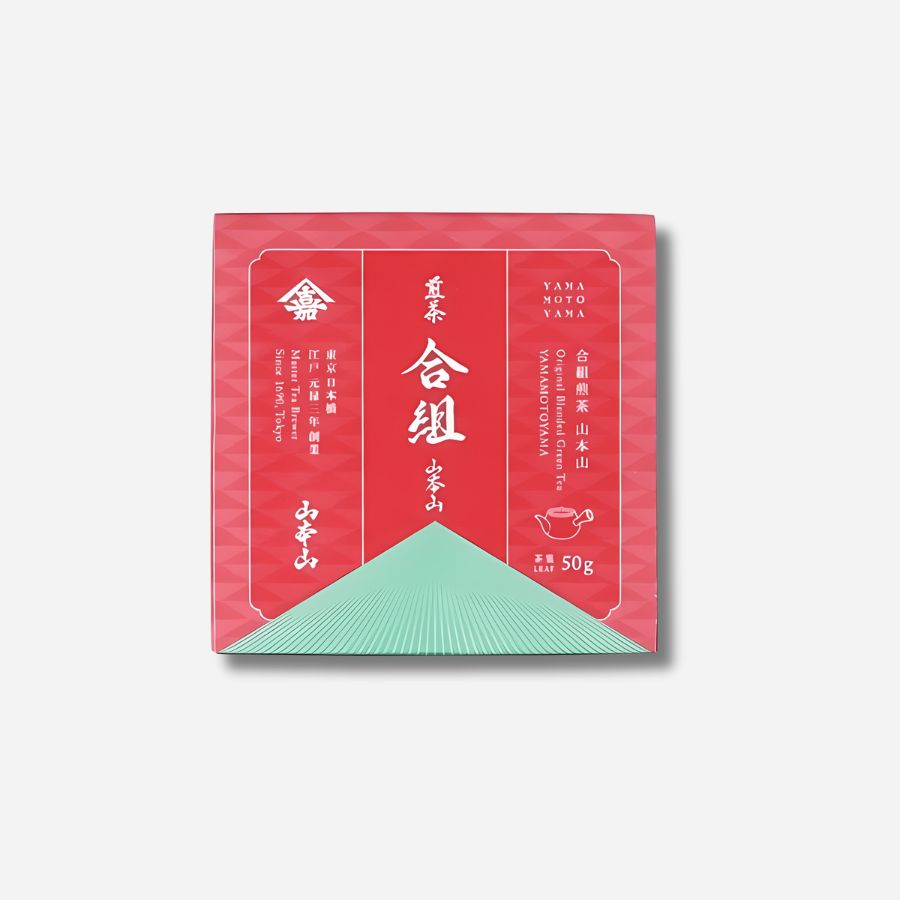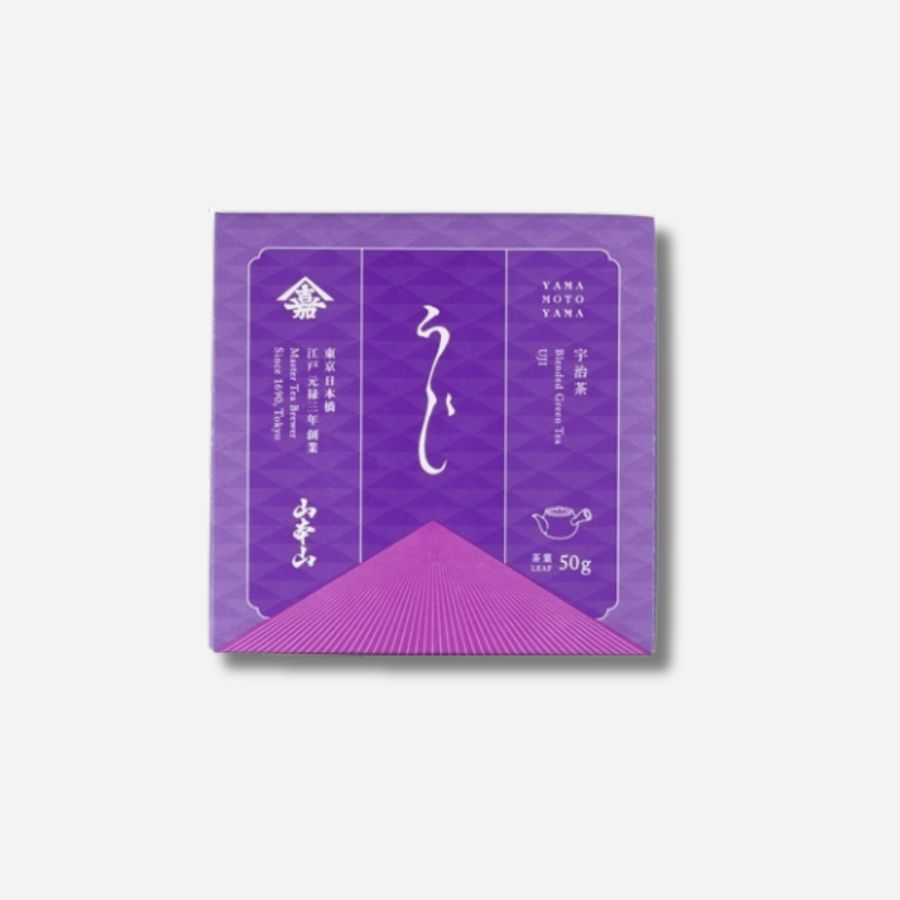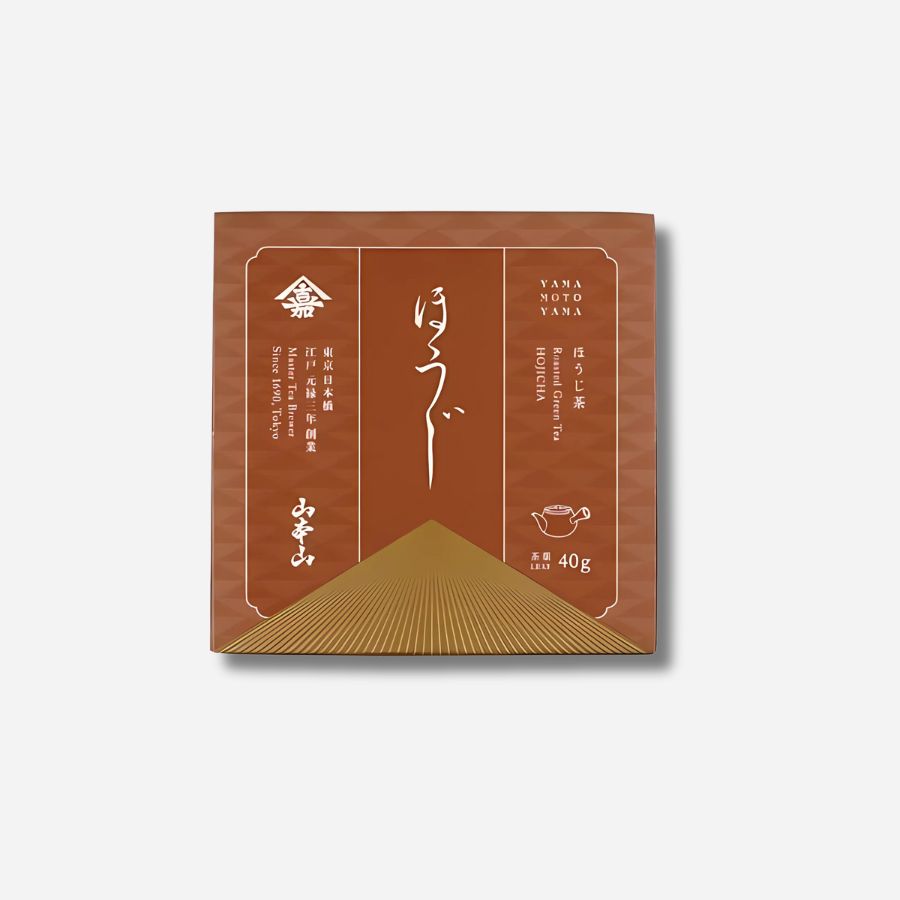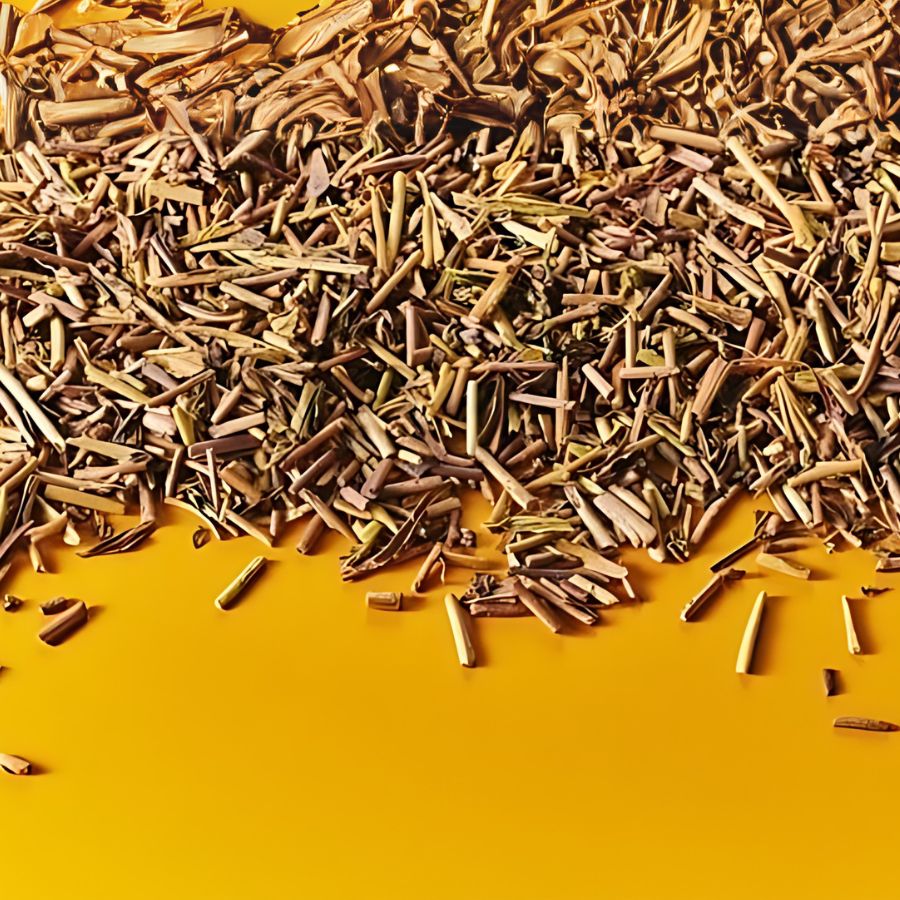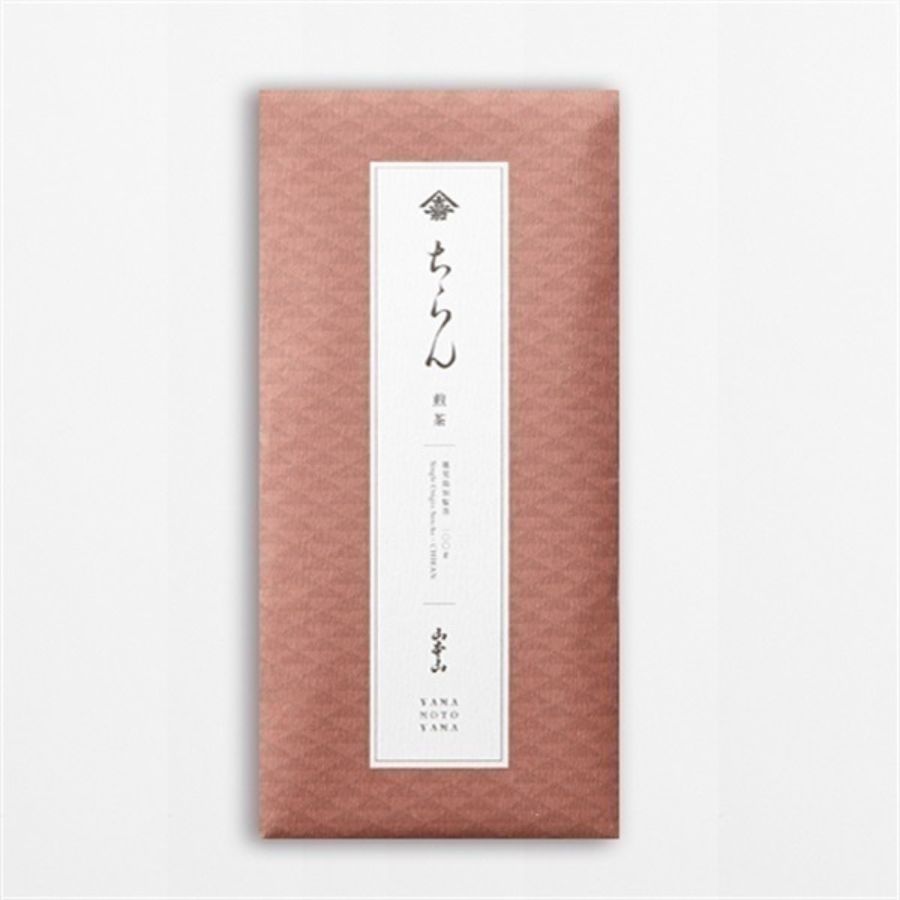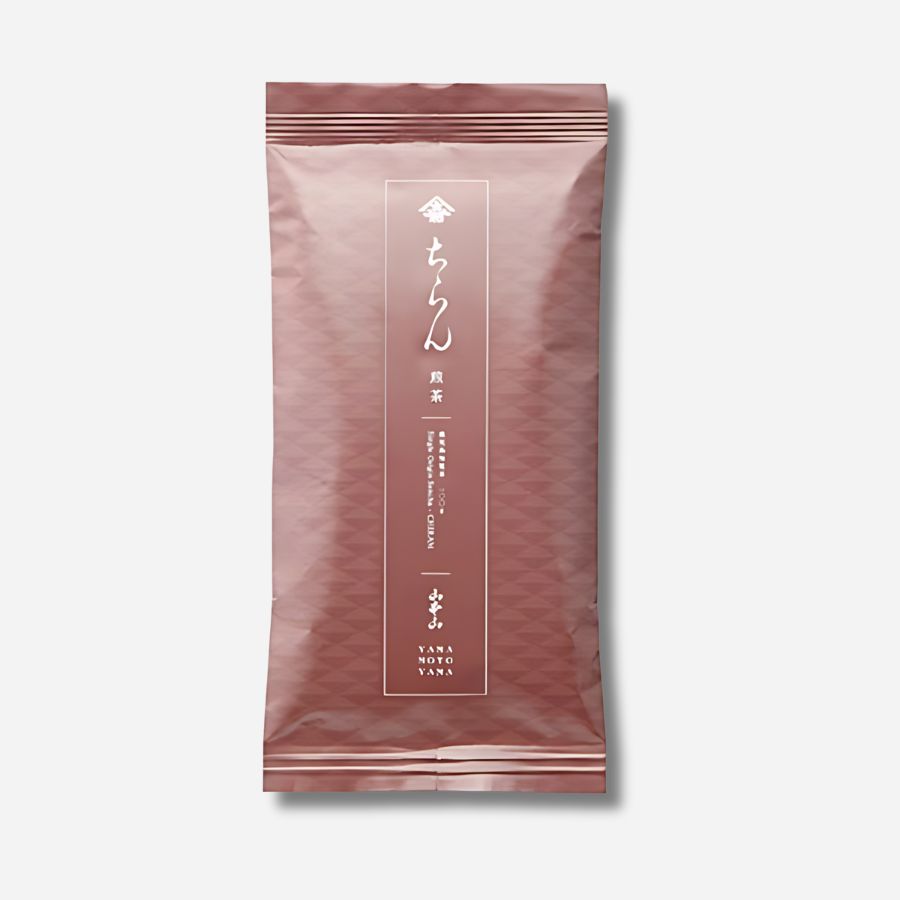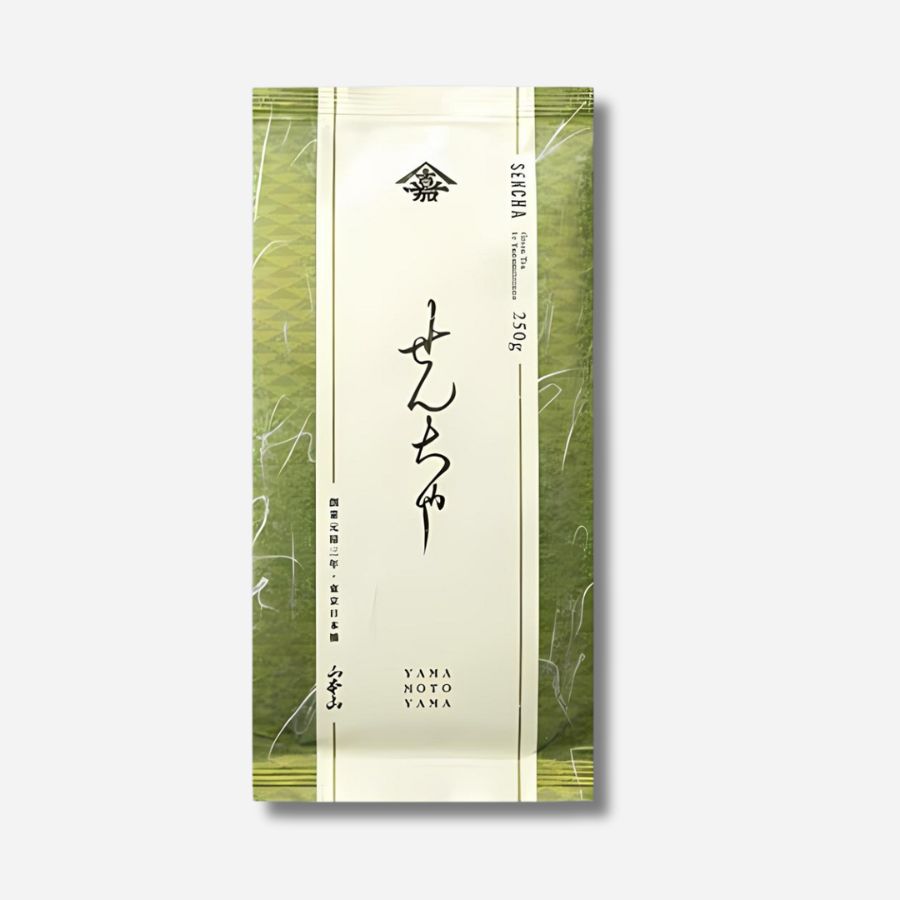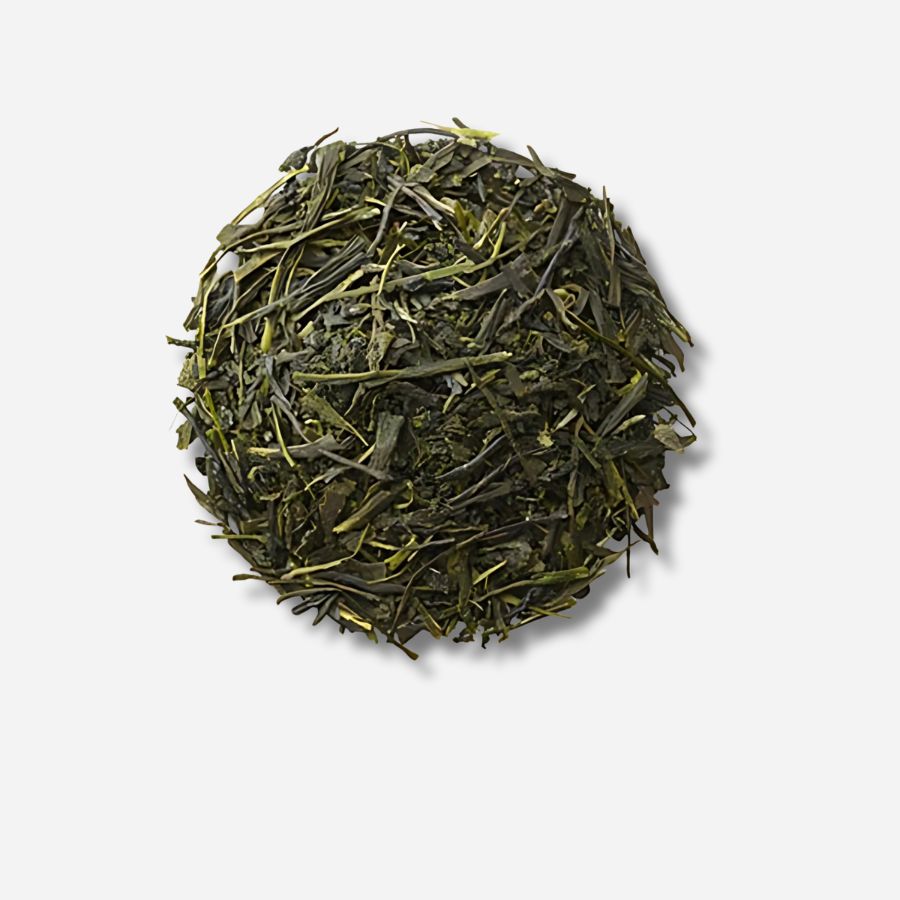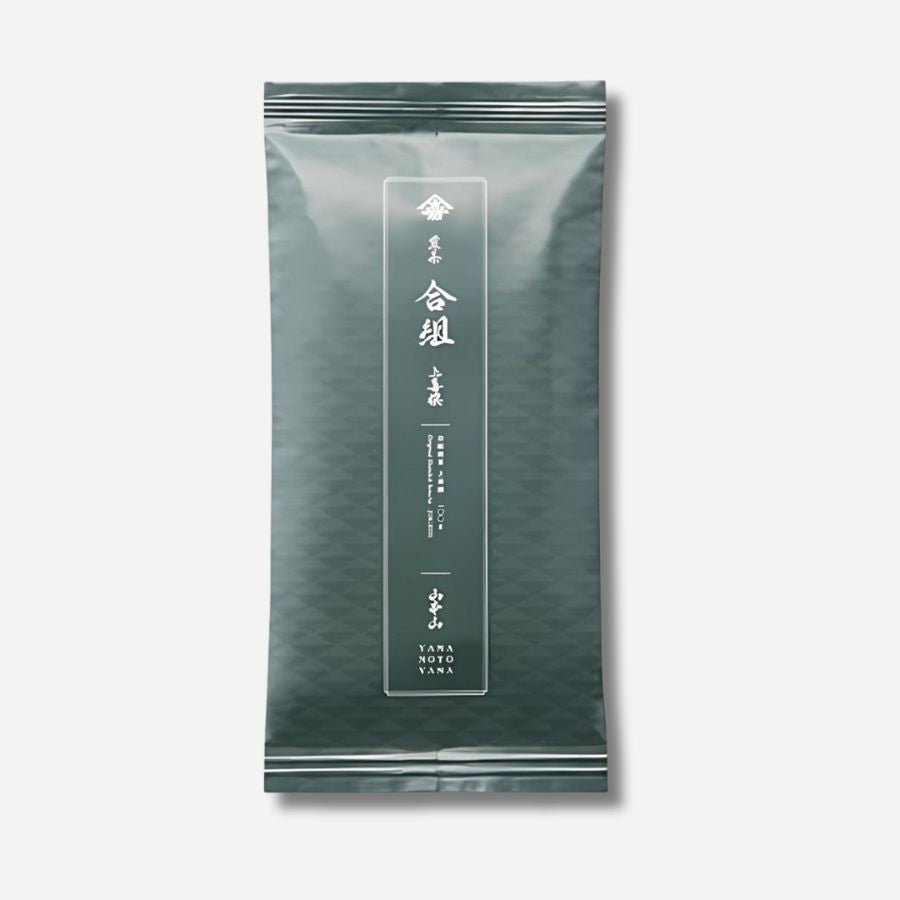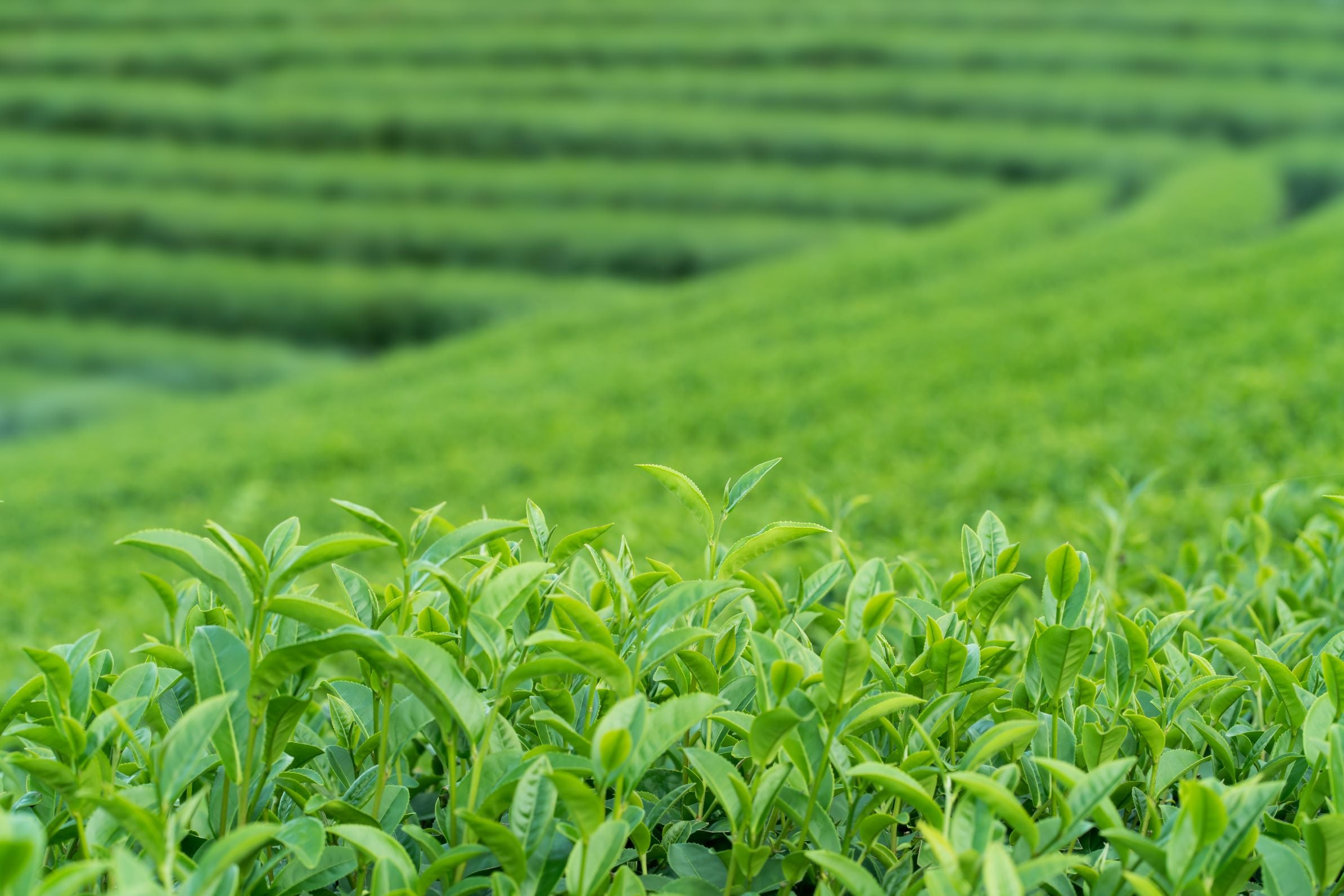
A must-see for tea lovers! A comprehensive list of the major producing areas and brands of Japanese tea
Introduction
Approximately 80,000 tons of tea is produced nationwide each year, and it is deeply rooted in Japan's food culture.
Shizuoka Prefecture has held the top spot for production for many years, followed by Kagoshima Prefecture, Mie Prefecture, Miyazaki Prefecture, and Kyoto Prefecture.
These five major prefectures alone boast an overwhelming share of tea production, accounting for approximately two-thirds of the total tea production in the country.
A distinctive feature of tea brands is that many of them are named after the place where they were produced.
This place of origin name refers to either the "production area" where the tea leaves are steamed and dried to produce the crude tea, or the "processing area" where the crude tea is finished and processed into the tea we drink. In other words, if tea leaves grown in region A are finished in region B, they may be sold as "Tea B."
Below, we will introduce the main tea-producing regions in Japan and their characteristics in detail. The types of tea grown and their flavors vary greatly depending on the region. Please use this information to find your favorite tea leaves.
Major tea brands from all over Japan and their characteristics

1. Murakami Tea (Niigata Prefecture)
Murakami tea, grown in Murakami city, Niigata prefecture, is a Japanese tea that is characterized by its mellow sweetness and deep richness, and is grown in the harsh natural environment unique to snow country. It is known as the "northernmost tea" grown in the northernmost part of Japan.
Because it is grown carefully in the harsh cold of winter, it has a strong sweetness and a mellow aftertaste. It is also not very bitter and is easy to drink.
It is said that the history of tea cultivation began during the Edo period when townspeople in Murakami brought back tea seeds from Uji and Ise and began cultivating the tea.

2. Sayama Tea (Saitama Prefecture)
Sayama tea grown in the Sayama region of Saitama Prefecture is characterized by its deep flavor and elegant aroma. Grown in a climate with extreme temperature differences, Sayama tea has thick leaves and is packed with umami.
In addition, the unique finishing process of Sayama tea, "Sayama firing," creates a deep flavor. Sayama tea is said to have been cultivated since the Kamakura period, and has a long history. It is counted as one of the three great teas of Japan, along with Uji tea and Ise tea.
Its taste is so highly regarded that it is said, "The color is from Shizuoka, the aroma from Uji, but the taste is bested by Sayama."

3. Shizuoka Tea (Shizuoka Prefecture)
Shizuoka tea is one of Japan's leading green teas. It is said that tea seeds were brought back from China during the Kamakura period, and cultivation began there.
It is known for its good balance of umami, sweetness, and bitterness and for being easy to drink.
In particular, the variety known as Honyama tea is so high quality that it is also known as "natural gyokuro." Shizuoka Prefecture is blessed with a warm climate and abundant water, making it an ideal environment for growing high-quality tea leaves. It has been highly regarded since ancient times, and was presented as tea for the Emperor during the Edo period.

4. Uji tea (Kyoto Prefecture)
Uji tea is a representative Japanese green tea produced in the Uji area of Kyoto Prefecture. It is said that tea seeds were brought back from China during the Kamakura period and cultivation began.
Uji tea is characterized by its deep green color and its well-balanced, refined taste with umami, sweetness, and bitterness. Its unique flavor and aroma are created by a unique cultivation method called covered cultivation, in which the tea is grown under cover.
Uji tea has been highly acclaimed since ancient times, and was even presented to the shogunate during the Edo period. Uji's rich nature and tea-making techniques cultivated over its long history produce world-class Uji tea.

5. Ise tea (Mie prefecture)
Mie prefecture is the third largest tea producing prefecture in Japan. Ise tea is a general term for Japanese tea produced in Mie prefecture, and is a tea with a very long history, said to have been cultivated since the early Heian period.
Its most notable features are its thick leaf flesh, strong flavor, and light blue color.
Mie Prefecture is long from north to south, and tea is produced taking advantage of the unique geography and climate of the region, such as "kabuse tea" in the northern region and "fukamushi sencha" in the southern region. However, tea produced within the prefecture is collectively called "Ise tea" and is one of the Mie brand certified products. 
6. Miyazaki Tea (Miyazaki Prefecture)
Miyazaki Prefecture has a warm climate throughout the year, plenty of sunshine, and fertile soil that are ideal for growing tea. It is also blessed with ample rainfall, making it ideal for producing delicious tea.
Miyazaki tea, grown in such a blessed land bathed in plenty of sunlight, is a very popular producer of not only Sencha but also Kamairicha. Kamairicha does not undergo the "refining rolling" process of drying and shaping after roasting in a kettle, so the tea leaves are shaped like magatama (comma-shaped jewels).
In addition, the roasting process creates a unique savory aroma called "kamako," and the dish is characterized by its strong, rich flavor.

7. Yame Tea (Fukuoka Prefecture)
This is a Japanese tea produced in the area around Yame City, Fukuoka Prefecture.
Its defining feature is its refreshing aroma in addition to its outstanding sweetness and flavor. It has little astringency or bitterness, and is packed with a strong umami flavor.
The Yame region has all the conditions necessary to cultivate high-quality tea, including fertile soil, abundant groundwater, optimal rainfall, and an inland climate with a large temperature difference. In addition, the fog that occurs in the mountains promotes the production of theanine, the flavor component of tea.
Sencha and gyokuro are grown mainly in the mountainous regions, while sencha is mainly grown in the plains. Gyokuro in particular is number one in Japan in terms of both quality and quantity, and its high quality is highly regarded worldwide.

8. Ureshino Tea (Saga Prefecture)
Ureshino tea is a Japanese tea produced in the area around Ureshino City, Saga Prefecture. Its most distinctive feature is its shape. The tea leaves are round and ball-shaped, hence the name "Guri tea."
Due to its round shape, it opens up slowly when hot water is poured into it, concentrating the flavor and allowing you to enjoy the rich aroma for a long time.
Depending on the method of production, it can be steamed or pan-fried; the steamed version has a refreshing aroma, while the pan-fried version has a fragrant aroma.
Its origins are very ancient, and it is said that cultivation began during the Muromachi period. It was exported overseas through Dejima in Nagasaki, where it was highly acclaimed.

9. Kagoshima Tea (Kagoshima Prefecture)
Kagoshima Prefecture is blessed with a warm climate and fertile soil, making it an ideal region for growing tea.
Taking advantage of its long north-south geographical location, the area produces highly fragrant tea in the cool foothills where there is a large difference in temperature between day and night, while the flat areas, bathed in abundant sunlight, produce tea with a distinct flavor and plenty of active ingredients.
Grown in plenty of tropical sunlight, it has a rich, full-bodied flavor. It has a good balance of sweetness and astringency, a mellow texture and a clean aftertaste.

10. Momoocha (Miyagi)
Momoo tea is a Japanese tea produced in Momoo town, Ishinomaki city, Miyagi prefecture. It began 400 years ago when the lord of Sendai, Date Masamune, encouraged the cultivation of tea leaves to promote industrial development.
It was born as the northernmost tea in Japan, and although it is produced in small quantities, its rarity is also one of its charms. It has little bitterness, making it easy to drink, and has a rich aroma and mellow flavor.

11. Kumamoto Tea (Kumamoto)
The Miyama Valleys of the Kyushu Mountains, the Hiyoshi region, and Kuma are famous for this fruit, but it is produced throughout Kumamoto Prefecture.
Grown in a warm climate and environment blessed with abundant nature, it is characterized by its deep flavor, fragrant aroma, and refreshing sweetness.
There are various varieties, including Sencha, Kyushu's unique steamed Tama Ryokucha, and Kamairicha, but Tama Ryokucha in particular accounts for a quarter of the national production. The warm climate and fertile soil give the tea leaves a deep, rich flavor. 
12. Izumo Tea (Shimane)
Grown in the lush natural surroundings of Shimane Prefecture, this Japanese tea is characterized by its refreshing aroma, rich flavor, and vibrant color.
Although the production volume of crude tea is small at around 300 tons, it has a long history, dating back to the Edo period when the lord of Matsue encouraged the tea ceremony.
While Izumo tea is known for its good quality, it is also characterized by its small production volumes and rarity.

13. Tsukigase Tea (Nara)
Tsukigase tea is grown in the Yamato Plateau region, which spans Kyoto, Shiga, and Mie prefectures, taking advantage of the mountain climate. It is characterized by its rich flavor and refreshing aroma.
The mineral-rich soil downstream of the Nabari River is ideal for growing delicious tea. In addition to sencha, kabusecha and other varieties are also produced, and some tea farms are practicing organic farming.

14. Mino tea (Gifu)
Mino tea is well-known for its good aroma and flavor. It is a general term for green tea produced in Gifu Prefecture, but the two major brands are "Ibi tea" from the west Mino region and "Shirakawa tea" from the central Mino region.
It is often grown in mountainous areas at high altitudes, where the temperature difference between day and night is large, giving it a refreshing fragrance and sharp astringency.

15. Okukuji Tea (Ibaraki)
This green tea is grown in the area centered around Daigo Town in Ibaraki Prefecture, which is the northernmost distribution center for Japanese tea on the Pacific coast.
It grows in clear air with large temperature differences between day and night, and as such has thick leaves, a rich flavor, and a strong aroma. It has a history of over 400 years, and the traditional hand-rolled tea production method is one of its charms.

16. Ashigara Tea (Kanagawa)
Ashigara tea is grown in the Hakone and Tanzawa foothills area. It has the distinctive mountain tea aroma and a well-balanced flavor of umami and astringency.
Due to the large temperature difference between day and night, the tea is rich in amino acids, has little astringency, and is highly fragrant.
The lightly steamed tea is especially famous, with a beautiful golden color and refreshing aroma. It was started as a reconstruction industry after the Great Kanto Earthquake.

17. Nishio Tea (Aichi)
This green tea is produced in the Nishio area of Aichi Prefecture. Tencha, the base of matcha, is produced here, and the amount produced here is among the highest in the country. It accounts for about 20% of the national matcha production.
The warm climate and well-drained soil create the perfect environment for growing matcha. Nishio's matcha is characterized by its deep green color, elegant fragrance, and mellow flavor, with a rich taste.

summary
What did you think? This time, we introduced the major Sencha producing areas in Japan. Each producing area has its own historical background, land and environmental reasons for the tea industry's prosperity, and as a result, the tea's characteristics and flavors are different.
We drink sencha tea every day without really thinking about it, but by checking the place of origin and choosing the tea leaves carefully, you can make your tea time even more enjoyable.





